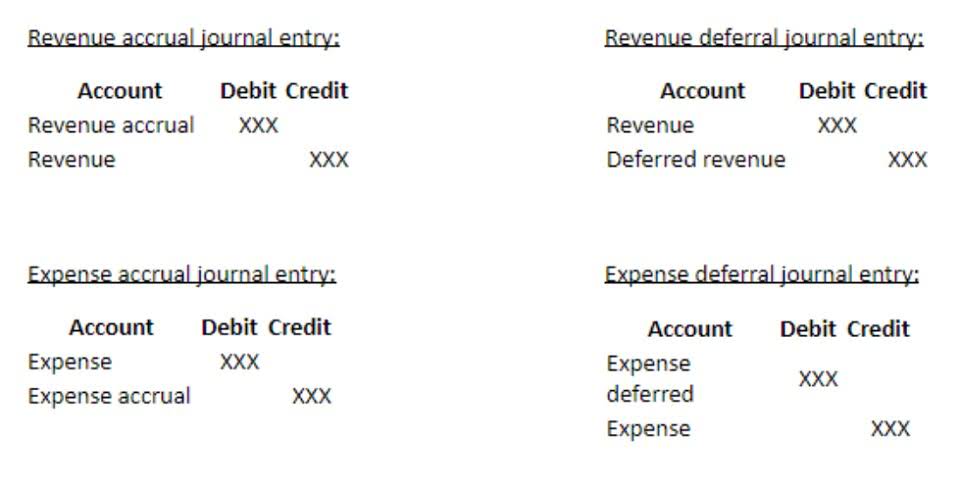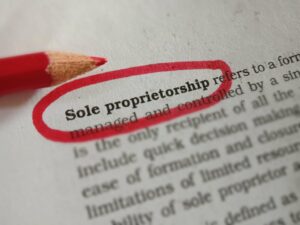The difference between a finance lease and an operating lease
The end-of-term bargain purchase price gives the lessee alternatives for monthly payments. A $1 buyout may be desirable for businesses that can make higher monthly payments and don’t want to come up with a large balloon payment at the end of the lease agreement. You might have heard talk about the changing standards for recording leases in accounting. As with any changes to accounting standards, there has been confusion about what these changes mean and in which situations they are applicable. There is a new rule that might impact how you handle the accounting for your operating leases, though. With the new ASC 842 standard, FASB requires that every lease—except for short-term leases less than 12 months in length—be included on the balance sheet by recognizing a lease liability and a right-of-use (ROU) asset.
Operating Lease vs. Capital Lease: Differences & Comparison
- A capital lease allows you to use the leased item for an extended period of time and then offers you the option to purchase the item for less than its current fair market value.
- Either the lessee or the lessor not following the terms and conditions and rules mentioned in the lease contract would lead to before the due date termination of the lease.
- Despite these changes, operating leases are still considered a type of rental agreement, due to the lack of transfer of ownership, the expensed lease payments, and, in some situations, the short-term length of the lease.
- Make sure you include all the details of a capital lease to demonstrate the legitimacy of the lease.
- Under a capital lease, because you acquire an ownership interest in the property, you must show the property as a depreciable asset on your balance sheet.
The second step for the approximation method is identical to the second step in the full adjustment method as well. We need to calculate the present value of operating lease commitments to arrive at the debt value of the lease. Fair value refers to the price at which an asset would be sold according to the market rates at the date of lease commencement. To determine the fair value of an asset, ASC 820 offers a hierarchy of inputs, with each subsequent level to be used only if inputs from the previous levels are unavailable. An operating lease is a lease arrangement in which the lessor grants the lessee access to the asset on a limited-term lease, and the lessee returns the asset to the lessor at the end of the lease term if it isn’t renewed.
How Operating Leases Work
- The life of the lease is substantially less than the useful life of the asset.
- In most cases, you can also take deductions for the annual depreciation of the leased item, thereby saving money on your taxes.
- To determine the fair value of an asset, ASC 820 offers a hierarchy of inputs, with each subsequent level to be used only if inputs from the previous levels are unavailable.
- In the capital lease, the lessor tends to transfer the ownership right of the given asset to the lessee at the end of the lease period.
- Common examples of assets leased through operating leases include office space, vehicles, equipment, and machinery.
Leasing can be a cost-effective way to acquire the assets you need to facilitate the growth of your business. Both capital and operating leases are typically more flexible than traditional loans, and they often don’t require a large down payment at the commencement of the lease term. Some business owners dislike operating leases, though, because they will never actually own the leased equipment. And—as is the case with capital leases—you might end up paying more for the lease than you would if you purchased the asset outright.
Accounting for an operating lease vs. a finance lease
However, with the current supply chain issues, delivery times may take longer. It’s important to check in with the manufacturer early in the process and plan accordingly. If you’re interested, see a more complete breakdown of how to apply for an equipment lease. Before canceling any https://thechigacoguide.com/navigating-financial-growth-leveraging-bookkeeping-and-accounting-services-for-startups/ lease contract, the respective party who wishes to leave and terminate the contract before the maturity of the lease term should give prior written notice to the other party. This notice is to be sent in a given notice period, for example, 30 days before canceling the contract.
Which lease is right for your business? Well, it depends.
For personalized financial advice, please contact our commercial financing experts. However, during the lease period, the possession stays with the lessee, but the legal ownership right stays with the lessor. Leasecake is one centralized, single source of truth for all of your lease and location information for your entire real estate portfolio. Rather than digging through a filing cabinet or Dropbox Navigating Financial Growth: Leveraging Bookkeeping and Accounting Services for Startups to understand the details of each lease, our platform offers instant access to any date, dollar, or important information that may be in that document. And it can be used for contracts, franchise agreements, permits, and any other important documents that are related to your locations. And it starts at just $6 a month per location.Let us show you how we can make lease management a piece of cake.
Capital/finance lease accounting
Need assistance determining which type of financing lease option makes the most sense for your business? We can help you learn more about a capital vs. operating lease and determine if one is right for you. We also specialize in offering fast and flexible equipment financing for a wide range of small businesses. The differences between capital and operating leases can be confusing but nonetheless it’s important to know the different nuances involved to help you make the right choice for your business. Recall that under IFRS, lease classification has been abandoned as a practice.



